What Is Emergency Override serves as a question asked by most people when they come across safety-critical systems. An emergency override is a facility meant to provide instant control of a system in the event of a crisis. It prevents accidents, saves lives, and secures equipment.
Knowing emergency override systems is important for industries, healthcare, transportation, and even home technology. This article describes the way emergency overrides function, their kinds, illustrations, risks, and guidelines, so you will understand why this option is necessary both in business and everyday life.
Definition of Emergency Override

An emergency override is a system function that lets users bypass normal operations during critical situations. It is designed to stop, control, or redirect processes that may otherwise cause harm. This feature exists in machines, vehicles, medical devices, and digital systems to ensure safety. Essentially, it provides immediate control when standard protocols cannot respond fast enough.
Unlike regular overrides, emergency overrides are only used in urgent situations. They are not for daily operations but are essential for protecting people, property, or data. These systems are built to be reliable, fast, and easy to activate in stressful conditions. For example, a factory may have an emergency override to instantly halt machinery if a worker is at risk.
How Emergency Override Works

Emergency override systems work by detecting critical conditions or being manually activated by a user. They can be mechanical, electronic, or digital, depending on the system. When triggered, the system bypasses normal controls to execute a predefined emergency action. For example, an emergency override in a vehicle might stop the engine to prevent a collision.
Most emergency override systems are designed with fail-safes. This ensures that activating the override does not create new risks. Some overrides are automated, like fire suppression systems, while others are manual, such as hospital ventilator controls. A simple diagram can show the process: Trigger → System detects emergency → Override activated → Safety measures implemented.
YOU WILL LIKE: https://doctorambulance.com/what-is-the-treatment-for-high-vitamin-b12/
Types of Emergency Overrides
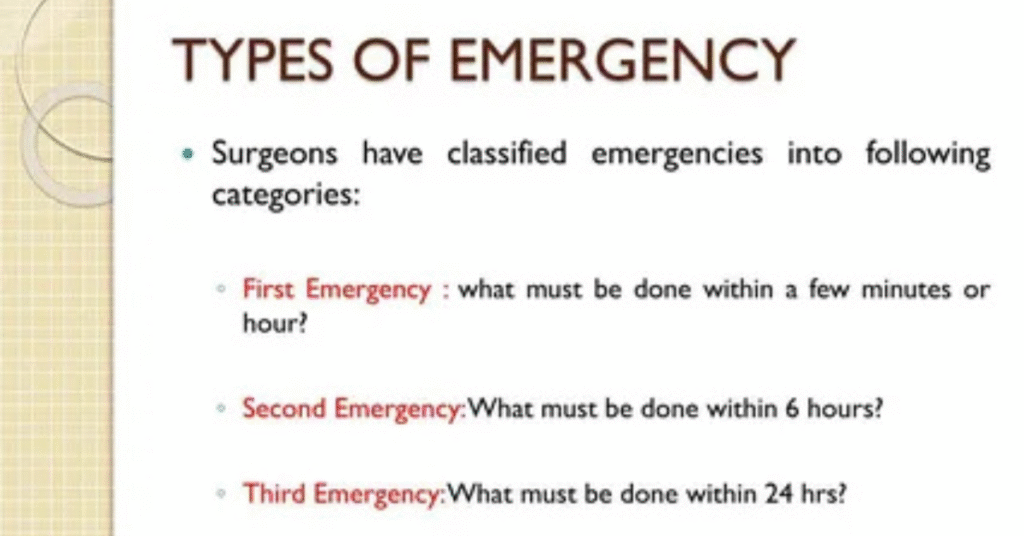
Emergency overrides come in different forms depending on the environment. Safety overrides stop dangerous machinery instantly. Security overrides bypass locks or barriers during emergencies. Medical overrides allow immediate intervention in patient care, like releasing emergency medication. Software overrides control of digital systems during a crisis, such as shutting down servers to prevent data loss.
| Type | Use Case | Example |
| Safety Override | Prevent workplace accidents | Emergency stop button on machinery |
| Security Override | Emergency building access | Fire exit overrides |
| Medical Override | Protect patient life | Ventilator manual control |
| Software Override | Digital system protection | Server shutdown during cyberattack |
Each type serves a critical function in its environment and ensures immediate response during emergencies.
Examples of Emergency Override in Real Life
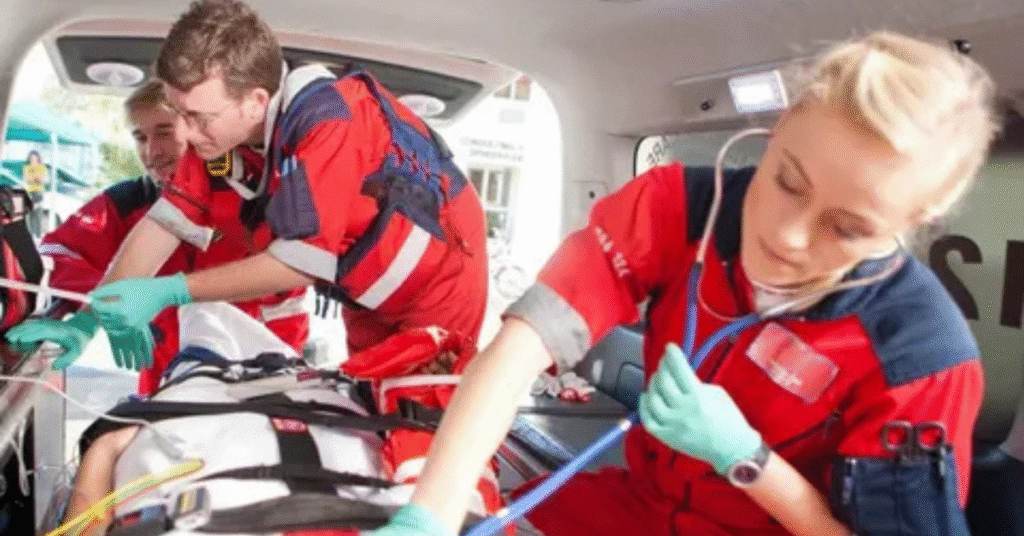
Emergency overrides appear in many industries. In factories, a worker may press a button to stop all machines during an accident. Vehicles use overrides for airbag deployment or brake systems in case of failure. Hospitals rely on overrides for ventilators, insulin pumps, and other life-saving equipment. In aviation, pilots can override autopilot to regain control during turbulence or system errors.
Case studies show that emergency overrides save lives. In 2019, a hospital’s ventilator override prevented patient death during a power outage. Similarly, in manufacturing, emergency stop systems have prevented thousands of injuries annually. These examples show that emergency overrides are not just a feature—they are essential for safety and reliability.
Importance of Emergency Override Systems
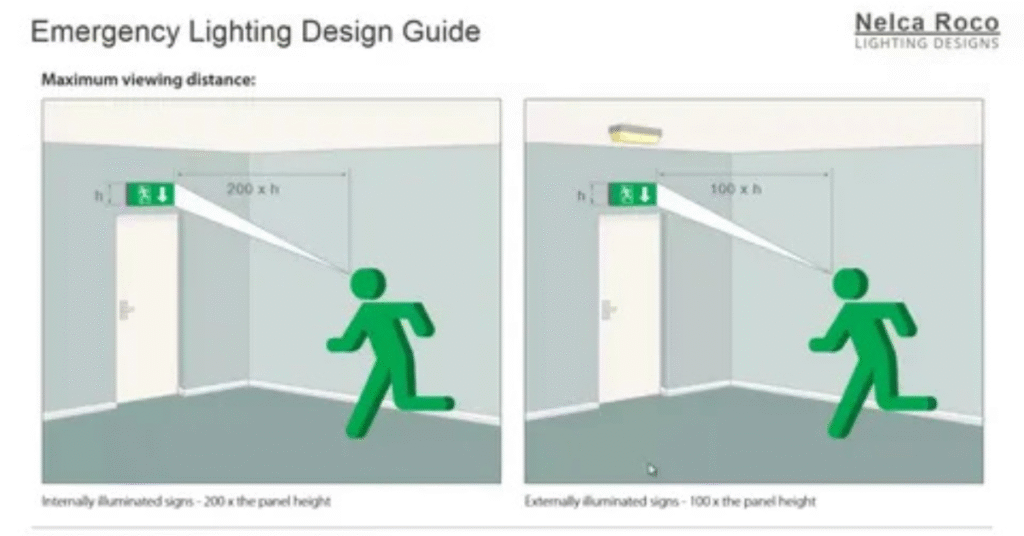
Emergency override systems are vital because they prevent accidents and save lives. They provide control when standard systems fail. Industries that rely on heavy machinery, like manufacturing, transportation, and energy, often consider emergency overrides mandatory. These systems also help organizations meet safety regulations, avoiding legal risks and ensuring compliance with standards.
The importance extends to healthcare, where every second counts. Emergency overrides allow medical professionals to act quickly, saving patients from life-threatening situations. They also improve public trust, as users feel confident that systems have backup safety measures. Without emergency overrides, many critical incidents could escalate into disasters.
Risks and Challenges of Emergency Overrides
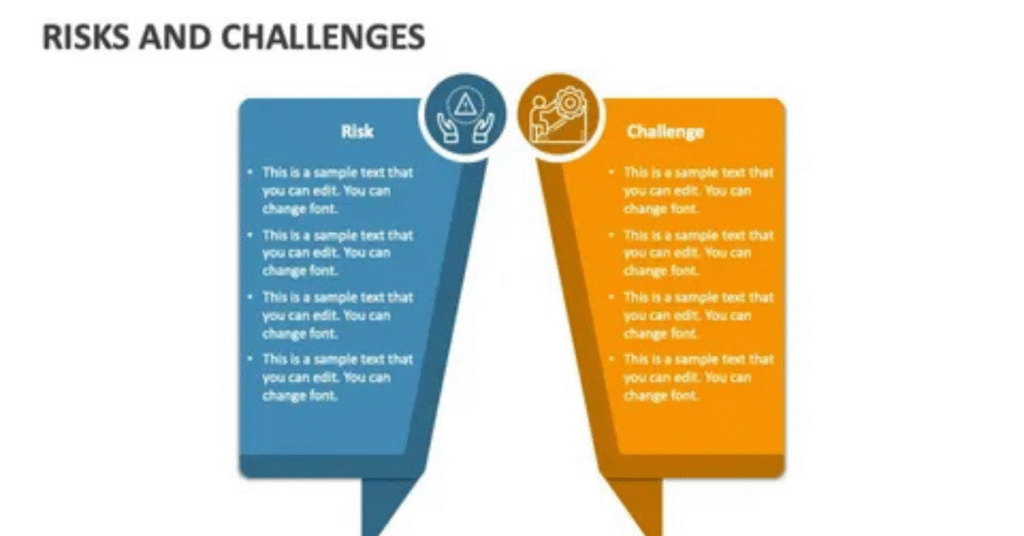
Despite their benefits, emergency overrides come with risks. Accidental activation can disrupt operations or cause harm. Misuse, whether intentional or unintentional, can lead to safety failures. Digital overrides are also vulnerable to hacking or software glitches. Another challenge is balancing accessibility with control—too easy to use and misuse increases; too hard to access, and emergencies worsen.
| Risk | Impact | Mitigation |
| Accidental Activation | Operational disruption | Staff training, clear labeling |
| System Failure | Safety compromise | Regular maintenance, testing |
| Cybersecurity Threat | Data or system breach | Firewalls, encryption, audits |
| Misuse by Unauthorized Users | Safety incidents | Access controls, monitoring |
Organizations must address these risks to maximize the benefits of emergency override systems while minimizing potential hazards.
Emergency Override in Healthcare
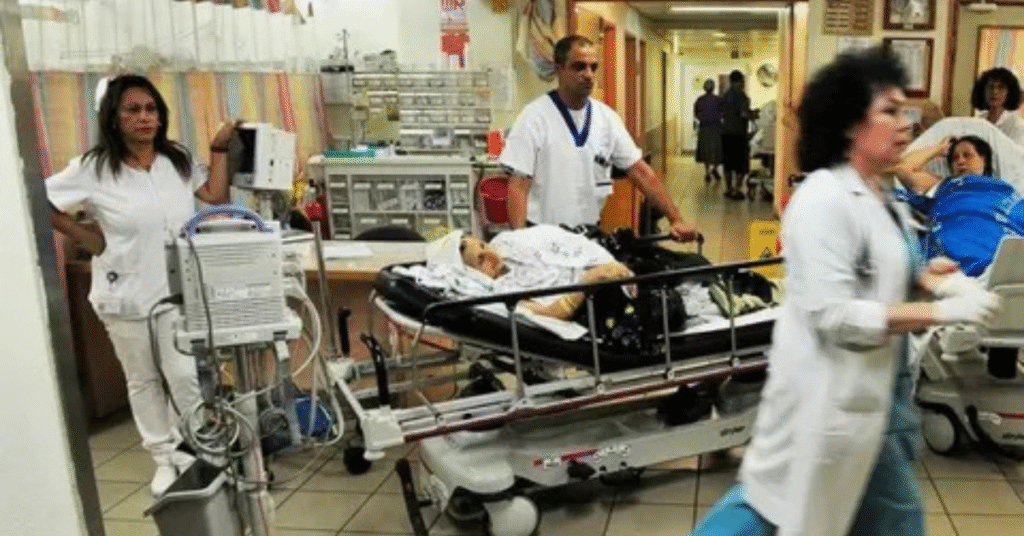
In healthcare, emergency overrides are life-saving. Hospitals use overrides in ventilators, automated medication dispensers, and surgical equipment. Regulatory bodies like the FDA require proper implementation and testing of these systems to ensure patient safety. Overrides help healthcare staff act during equipment failure, power outages, or sudden emergencies.
Ethical considerations are also important. Overrides should only be used in genuine emergencies to protect patients. Improper use can harm patients or breach regulations. Hospitals often create clear protocols and training sessions to make sure staff understand when and how to use emergency overrides safely.
Best Practices and Safety Measures

Organizations should test emergency override systems regularly. Maintenance ensures the system works when needed. Staff must be trained to operate overrides correctly under pressure. Standard operating procedures provide step-by-step guidance, reducing mistakes during real emergencies.
Fail-safes, alarms, and monitoring systems add extra safety. Audit trails can track override use, ensuring accountability. Companies should review their override policies frequently and incorporate feedback from actual incidents. Proper implementation not only improves safety but also boosts confidence in staff and system reliability
for Quick Reference
| System | Override Function | Example |
| Factory Machinery | Stops moving parts instantly | Emergency stop button |
| Vehicles | Stops engine or activates brakes | Brake override in cars |
| Hospital Equipment | Allows manual intervention | Ventilator manual control |
| Digital Systems | Bypasses automatic processes | Emergency server shutdown |
| Type | Benefits | Drawbacks |
| Safety Override | Prevents injuries | May halt productivity |
| Security Override | Provides emergency access | Risk of unauthorized use |
| Medical Override | Saves patient lives | Requires strict protocols |
| Software Override | Protects data and systems | Vulnerable to cyberattacks |
| Best Practice | Purpose | Implementation |
| Regular Testing | Ensure functionality | Scheduled drills and maintenance |
| Staff Training | Reduce misuse | Workshops and manuals |
| SOP Documentation | Standardize procedures | Clear, step-by-step guides |
| Fail-Safes & Audit Trails | Accountability & safety | Logging system use and alarms |
Legal and Regulatory Requirements
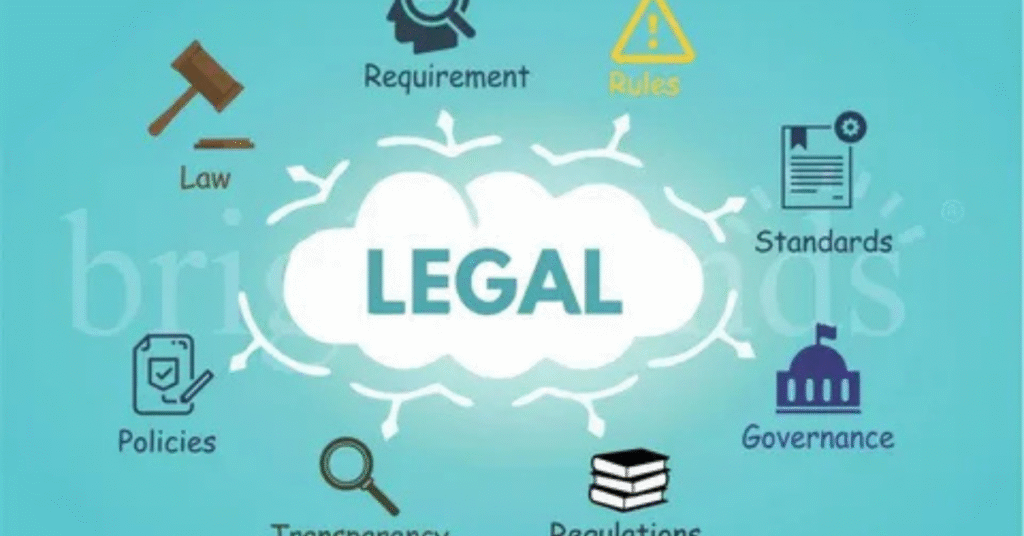
Emergency override systems are often regulated by law to ensure safety and reliability. Industries like healthcare, aviation, and manufacturing must comply with specific standards. These regulations dictate how overrides should be designed, tested, and documented. Failure to follow rules can lead to legal consequences or fines.
Regulatory bodies such as the FDA, OSHA, and aviation authorities provide clear guidelines. Organizations must keep detailed records of override use and maintenance. Compliance not only avoids penalties but also protects employees, patients, and the public.
Technology and Innovation in Emergency Overrides
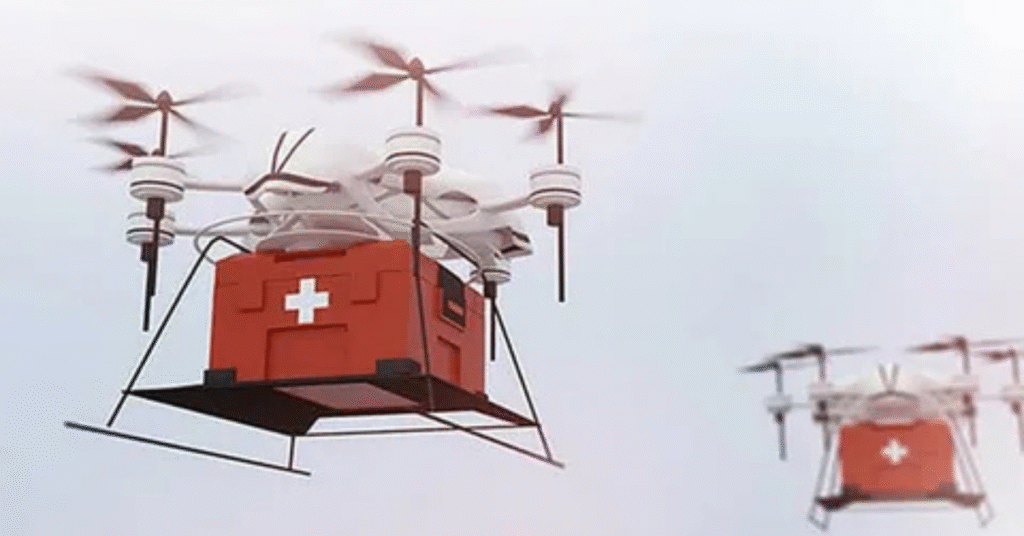
Technology has made emergency overrides smarter and more reliable. Modern systems use sensors, AI, and automated responses to detect critical conditions faster. Smart overrides can predict potential failures before they occur, reducing the need for manual intervention.
Innovations also improve safety in digital systems. Software overrides now include logging, alerts, and controlled access. This ensures that overrides are used correctly while protecting data. Over time, technology continues to make emergency overrides safer and more effective.
Training and Human Factors

Proper training is crucial for emergency override effectiveness. Employees, operators, and healthcare staff must know when and how to use the override without hesitation. Regular drills and simulations help build confidence and reduce mistakes.
Human factors also play a big role. Panic, fatigue, or miscommunication can lead to improper use. Organizations should design user-friendly systems and provide clear instructions. A well-trained team ensures that emergency overrides save lives rather than create problems.
Future of Emergency Override Systems
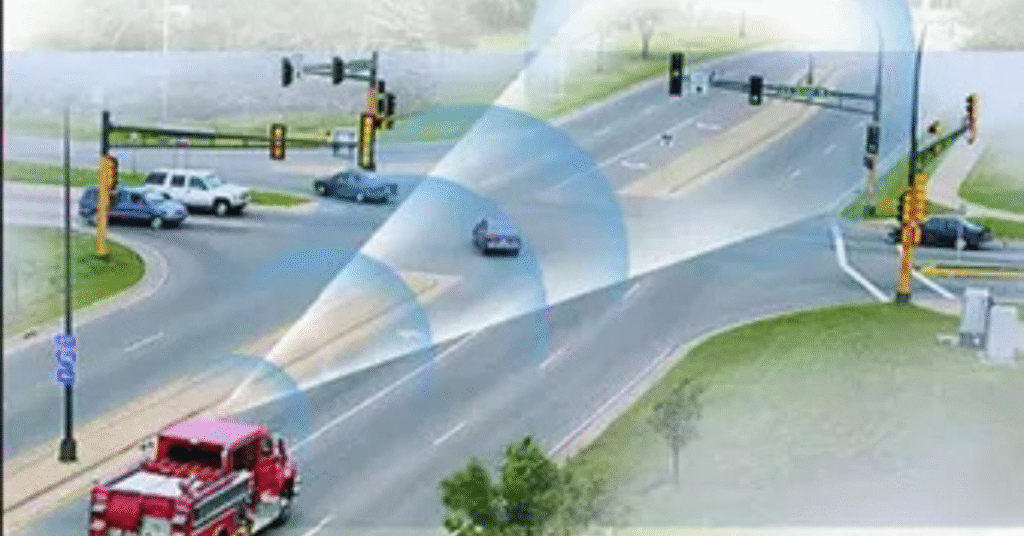
The future of emergency override systems is moving toward automation, intelligence, and integration. IoT and AI will allow systems to anticipate emergencies and act faster than humans. Smart sensors may trigger overrides before a crisis becomes critical.
We may also see wider applications in everyday life, such as in smart homes and vehicles. The challenge will be balancing automation with human oversight. Future systems will aim to be safer, faster, and more adaptive, ensuring protection in all environments.
Conclusion
What Does Emergency Override Mean is more than just a technical term. It represents a crucial safety feature in workplaces, vehicles, healthcare, and technology. Emergency overrides give control during critical moments, preventing accidents and saving lives.
Proper understanding, implementation, and training are key. By following best practices and addressing risks, emergency overrides ensure safety, reliability, and compliance. They are a necessary tool wherever human lives and valuable systems are at stake.
FAQ”s
What triggers an emergency override?
An emergency override can be triggered manually by a user or automatically by system sensors detecting a critical situation.
Is emergency override safe to use?
Yes, but it must be used only in genuine emergencies. Training and clear protocols reduce risks.
Can emergency override prevent accidents?
Absolutely. It stops machinery, vehicles, or systems instantly during dangerous events.
Are emergency overrides common in healthcare?
Yes, ventilators, drug dispensers, and monitoring devices rely on emergency overrides to save lives.
What are the risks of emergency override misuse?
Misuse can cause accidents, operational disruptions, or safety failures. Proper training and access controls prevent these risks.